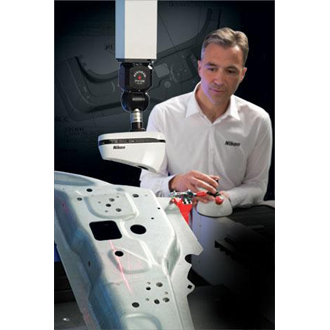

Laser Scanner L100
L100 - The ultimate CMM scanner combining productivity and accuracy
 The L100 CMM laser scanner offers the best possible combination of speed, accuracy and ease-of-use. Suited for both surface and feature measurement, the L100 quickly delivers accurate data and insightful part-to-CAD comparison reports, even on shiny or multi-material surfaces.
The L100 CMM laser scanner offers the best possible combination of speed, accuracy and ease-of-use. Suited for both surface and feature measurement, the L100 quickly delivers accurate data and insightful part-to-CAD comparison reports, even on shiny or multi-material surfaces.
The L100 is ideal to inspect larger components where productivity is key, but without having to compromise on accuracy. Equipped with a high quality glass Nikon lens and a high definition camera, the L100 features a point resolution of 42 µm and an exceptionally small probing error of 6.5 μm, enabling delivery of smooth meshes and high levels of detail.
Key benefits
- Ultrafast data collection - 200,000 points/s scan speed
- Captures the finest details - Best-in-class probing error of 6.5 μm
- Copes with changes in surface color - Enhanced scanning performance
- Easy to use - Field-of-View (FOV) projection
- Extends the measurement reach - Integrated mount rotation
Applications
- Inspection of small to large, complex surfaces
- Sheet metal parts
- Plastics/Composites
- Casted parts
- Turbine blades
- High speed feature inspection
- Slots, holes, pins
Ultrafast data collection
The L100 is ideal to inspect larger components where productivity is key but without having to compromise on accuracy. The 100 mm wide Field-of-View combined with the increased measurement speed results in measurement productivity that wasn’t achievable with CMM scanning before.
 Capture the finest details
Capture the finest details
The L100 is equipped with a high quality glass Nikon lens optimized for laser scanning. Combined with the high definition camera this results in a point resolution of 42 μm and a data quality that is the best on the market, enabling fine detail capture and measurement of sharper edges. The L100 has an exceptionally small probing error of 6.5 μm, which is a measure of the scanner’s noise level, enabling delivery of smooth meshes and high levels of detail.
 Accurate feature inspection
Accurate feature inspection
The L100 is perfectly suited for combined surface and feature measurements. Thanks to the low measurement noise and high point resolution, feature measurement accuracy approaches the accuracy of a touch probe.
 Cope with changes in surface color
Cope with changes in surface color
The 4th generation of Enhanced Sensor Performance (ESP4) adapts the laser intensity for each point in the scan line to varying colors or materials faster than ever. This makes the scanner even more robust for digitizing multi-material assemblies or shiny surfaces without the need for cumbersome surface treatment.
 Easy to use
Easy to use
The new Field-of-View (FOV) projection provides a clear indication for the user whether the scanner is optimally positioned. This facilitates scanner programming and provides better feedback during actual scanning.
Extend the measurement reach
The patent-pending integrated mount rotation allows the scanner to rotate around its autojoint axis in 30° increments up to 90°. This is particularly interesting to measure turbine blades or parts with vertically oriented features and edges. The L100 also allows the use of an extended 105° PH10 A-angle allowing better access to measure underneath or behind parts.

| Probing error (MPEp)1 | 6.5 µm |
|---|---|
| Ball bar length (MPEE)2 | 6 µm +L/350 mm |
| Multi-stylus test (MPEAL)3 | 6 µm |
| ISO Probing form error4 | 15 µm |
| ISO Probing size error all5 | 20 µm |
| ISO Probing dispersion value6 | 26 µm |
| ISO Cone angle7 | 125° |
| Scanning speed | 200,000 points/sec |
| Resolution | Max. 42 µm |
| Max. Field-of-View width | 110 mm |
| Field-of-View depth | 60 mm |
| Stand-off distance | 105 mm |
| Laser safety | Class 2 |
| Enhanced Scanner Performance | ESP4 |
| Daylight filter | Yes |
| Probe head compatibility | PH10M, PH10MQ, CW43, PHS |
All accuracy specifications valid for a CMM with an accuracy of 2µm + L/350 or better using manufacturer supplied test sphere.
1Nikon Metrology test comparable to EN/ISO 10360-2 MPEP using 1ơ sphere fit.
2Nikon Metrology test comparable to EN/ISO 10360-2 MPEE
3Nikon Metrology test comparable to EN/ISO 10360-5 MPEAL
Accuracy specifications according ISO 10360-8:2013:
4PForm.Sph.1x25:Tr:ODS,MPE : Maximum probing form error using 25 representative points in translatory scanning mode
5PSize.Sph.All:Tr:ODS,MPE : Maximum probing size error All using all measured points in translatory scanning mode
6PForm.Sph.D95%:Tr:ODS,MPL : Maximum probing dispersion value using 95% of the measured points in translatory scanning mode
7Cone angle : Region of sphere on which the measured points are selected
Related Products
-
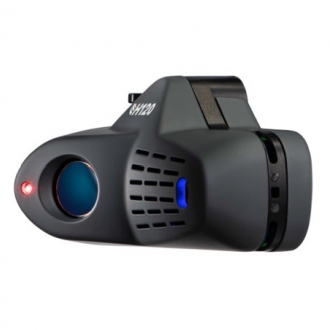 New
NewH120 – High-Resolution Handhel…
-
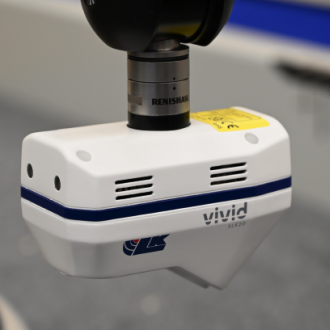 New
NewSLK25 Laser Scanner – High Acc…
-
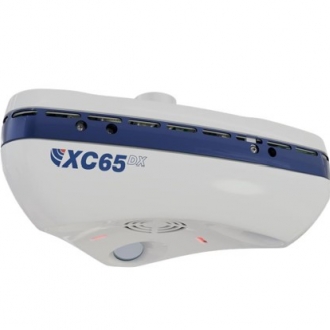 New
NewXC65Dx – Cross Laser Scanner f…
-
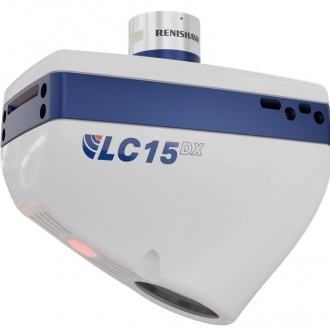 New
NewLC15Dx – The Highest-Accuracy …
-
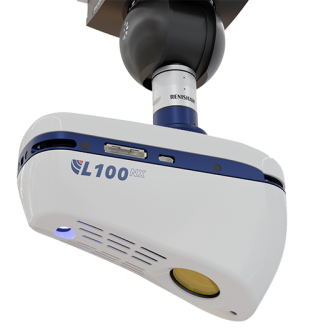 New
NewL100NX CMM Laser Scanner
-
New
Digital Sight DS-100
-
 New
NewFM-LXR
-
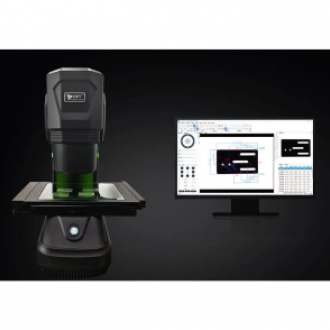 New
NewOPT SmartFlash-3020
-
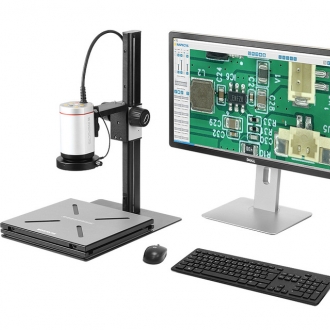 New
NewDigital Microscope Inspectis U…
-
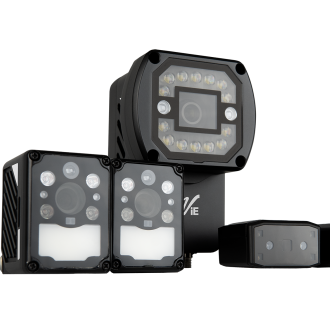 New
NewViTrox Smart Code Reader (XS S…
-
 New
NewViTrox Smart Camera (XC Series…
-
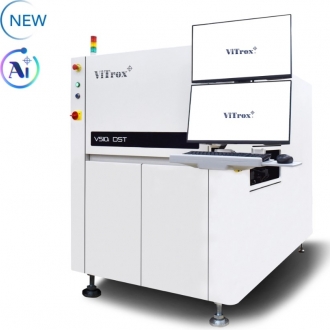 New
NewV510i DST
-
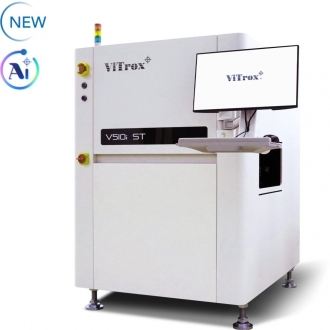 New
NewV510i ST
-
 New
NewPX730i : Die Sorting & Vision …
-
 New
NewWiX AI: Wafer Vision Inspectio…
-
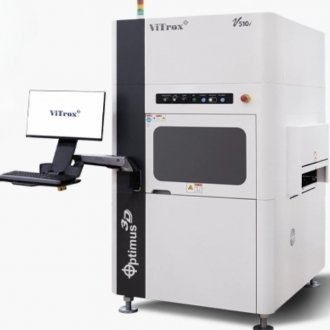 New
NewV510i AOI for Advanced Packagi…
-
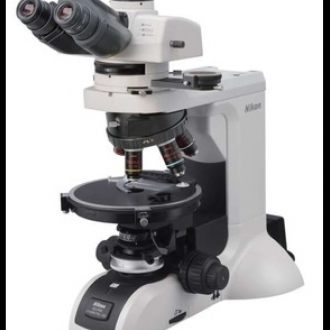 New
NewECLIPSE LV100N POL LED
-
 New
NewLV100NDA LED
-
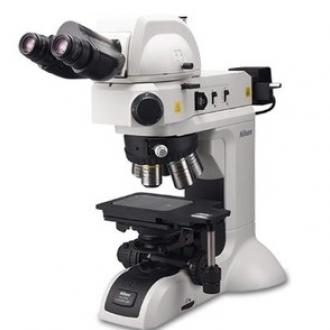 New
NewLV100ND LED
-
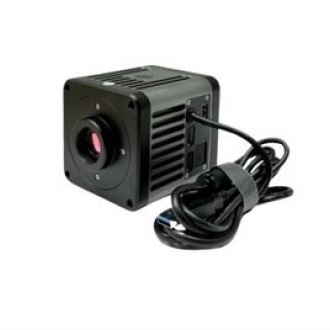 Hot
HotMD830M-C Digital Camera
-
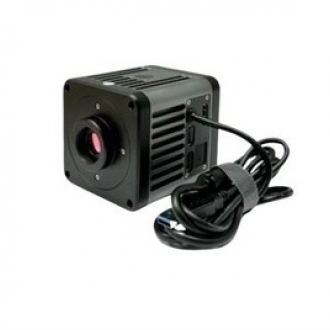 New
NewMD830-C Digital Camera
-
 New
NewMC2000 Digital Camera
-
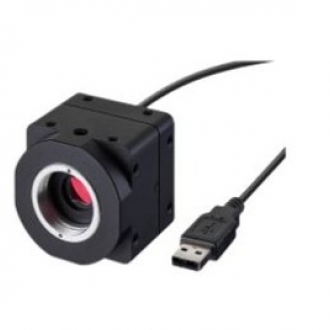 New
NewMC500 Digital Camera
-
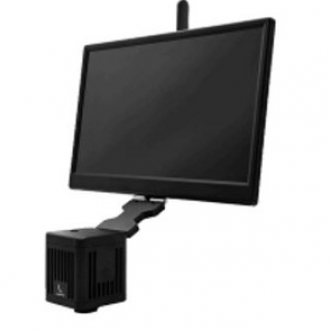 New
NewJX 2000 All-in-one Microscope …
-
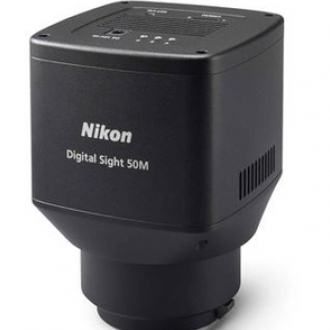 New
NewDigital Sight DS-50M
-
 New
NewDigital Sight DS-10
-
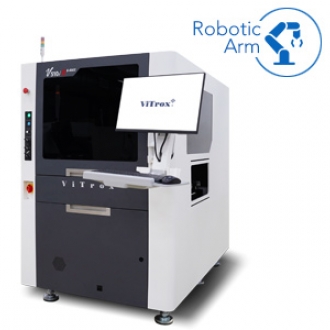 New
NewNew Evolution of Conformal Coa…
-
New
TMS2400 C Micro.View+ Compact
-
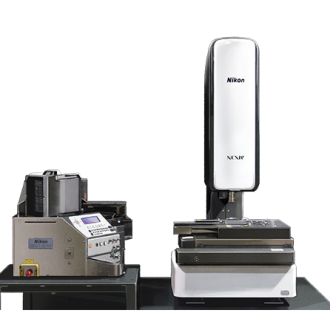 New
NewNEXIV VMZ-NWL200
-
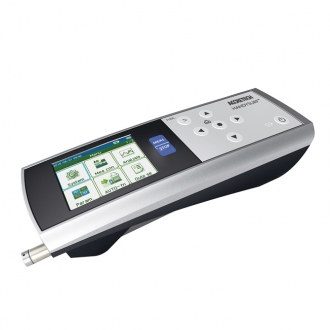
HANDYSURF+
-

3R-JFIBER Movable tip industri…
-

Inspectis U30S
-
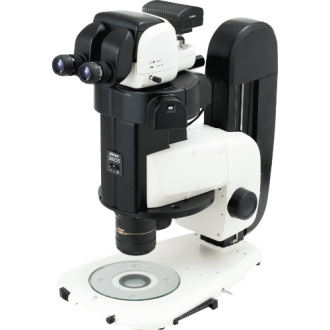 Hot
HotSMZ25 and SMZ18 Stereo zoom mi…
-
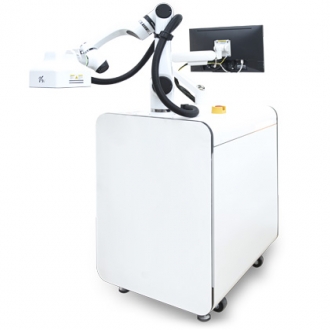 New
NewV9i Final Inspection (FI)
-
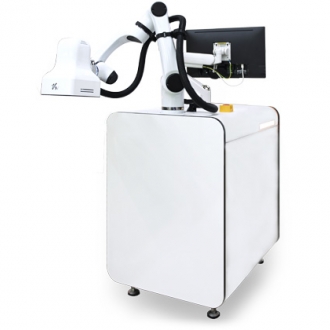 New
NewV9i Coating Inspection (CI)
-
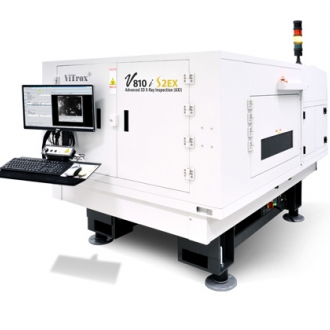
V810i S2EX
-
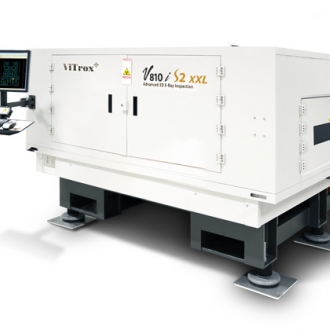
V810i S2 XXL
-
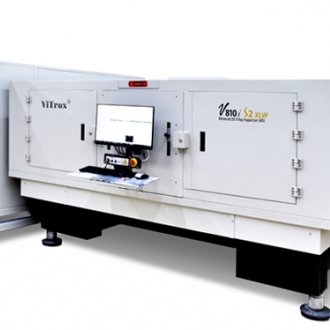
V810i S2 XLW
-
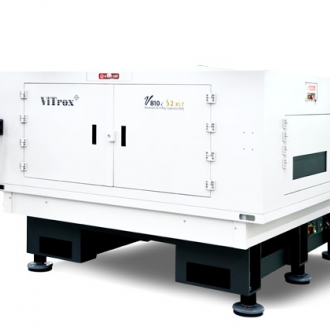
V810i S2 XLT
-
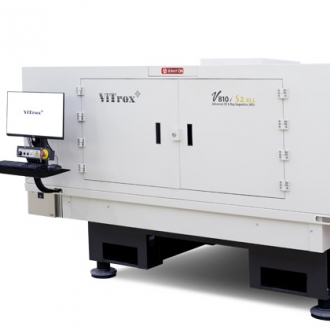
V810i S2 XLL
-
 New
NewV810i S3
-
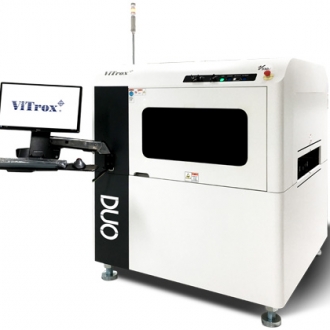
V510i DUO
-
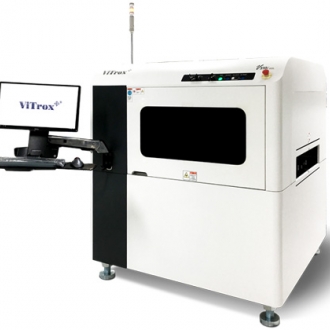
V510i XXL
-

V510i 4.0
-

V510i XLW
-
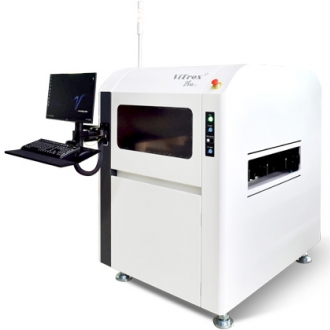
V510i XL
-
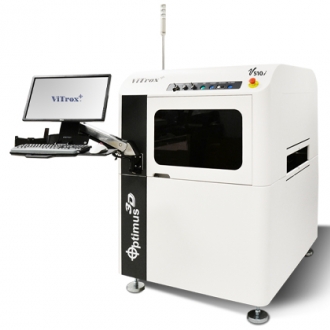
V510i Optimus 3D
-
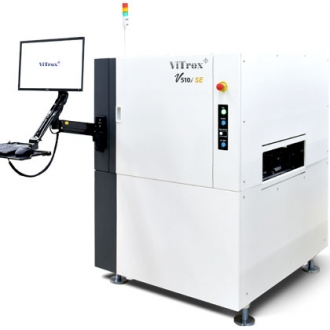 New
NewV510i SE
-
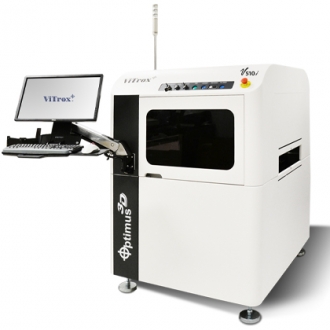 New
NewV510i Optimus 3D (for Advanced…
-
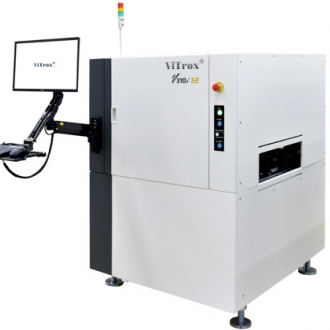
V310i SE
-
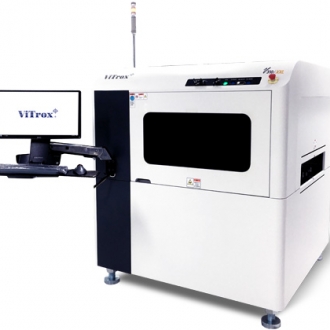
V310i XXL
-
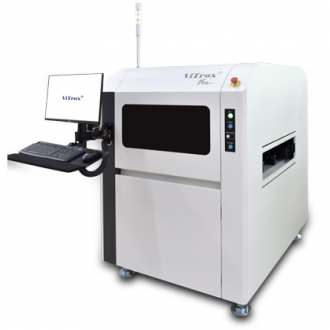
V310i XL
-
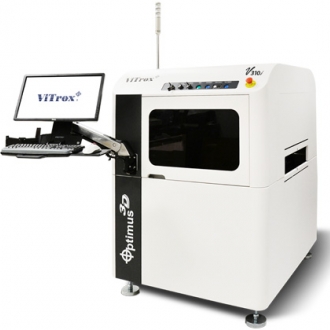
V310i
-
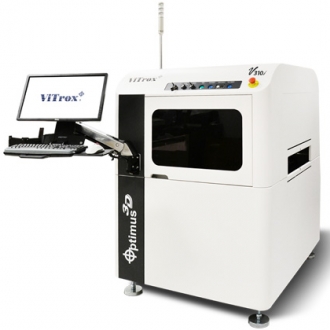 New
NewV310i Optimus (for Advanced Pa…
-
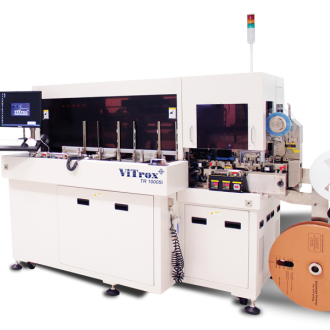 New
NewTR1000Si
-
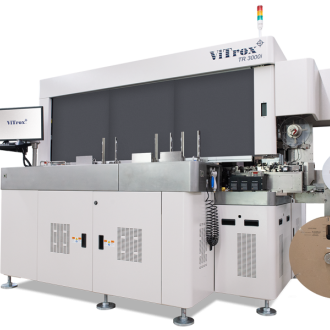 New
NewTR3000i
-
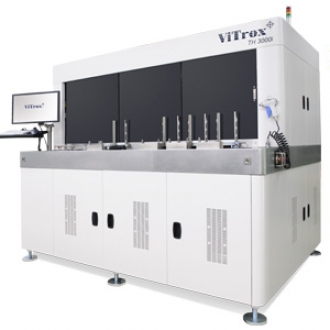 New
NewTH3000i
-
 New
NewVR20 Li
-
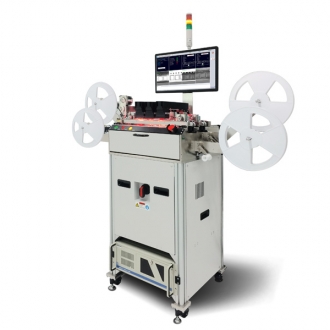 New
NewVR20 i
-
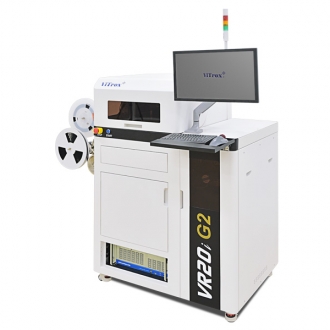 New
NewVR20i G2
-
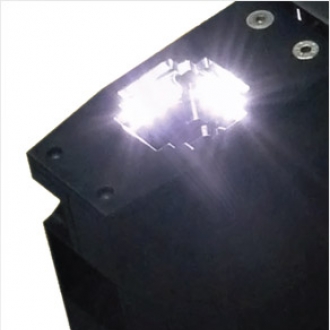 New
NewBottom Carrier Tape Inspection
-
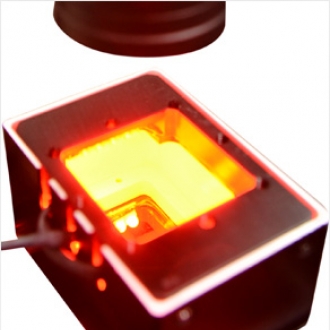 New
NewTape Seal Inspection
-
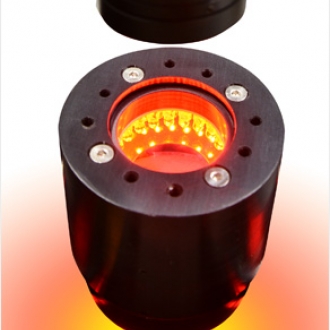 New
NewIn-Pocket Inspection
-
 New
New3D & 5 Sided Inspection
-
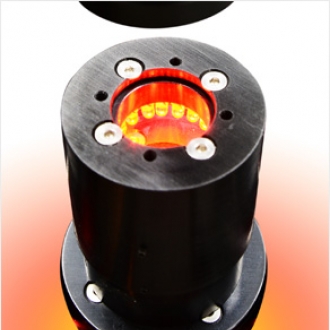 New
NewMark, Lead & Package Inspectio…
-
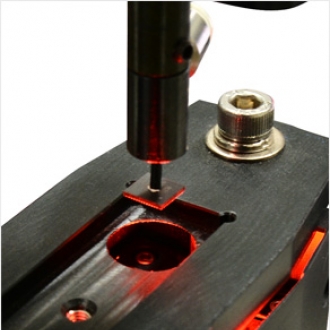 New
NewOrientation Inspection
-
 Hot
HotNEXIV VMZ-S3020
-
 Hot
HotEDF/Stitching Express - Softwa…
-
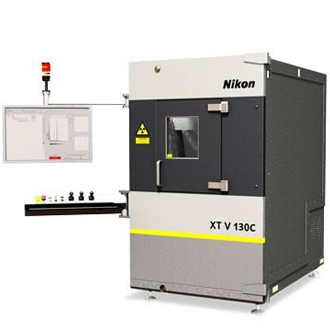 Hot
HotXT V 130C
-
 Hot
HotXT H 225 | Computed Tomography…
-
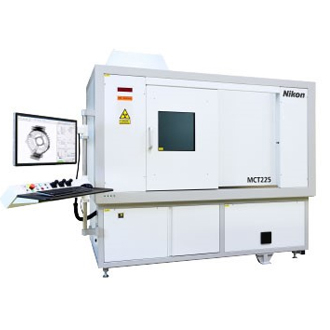
MCT225
-
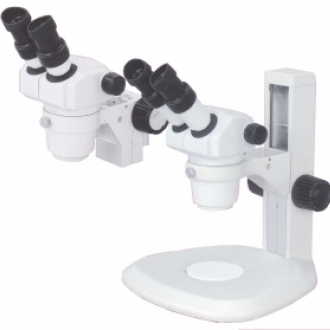
SMZ445 & SMZ460 Stereoscopic Z…
-
 Hot
HotEclipse MA100N
-
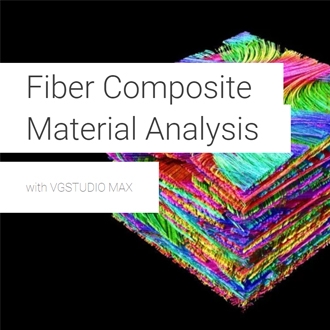
Fiber Composite Material Analy…
-
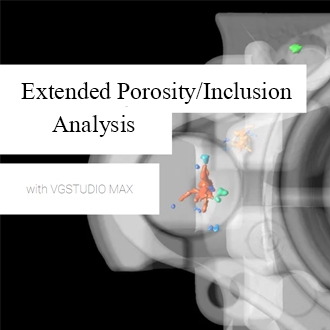
The Extended Porosity/Inclusio…
-
 New
NewTmetric C20 3D camera
-
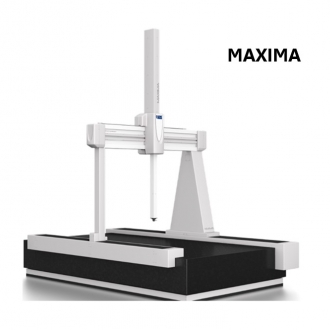
MAXIMA
-
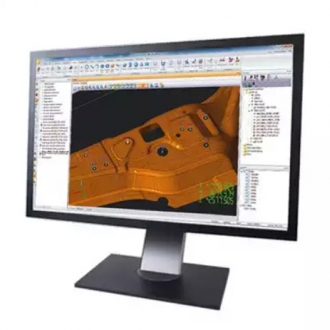
CMM - CAMIO Software
-
 Hot
HotNEXIV VMZ-S4540
-
 Hot
HotNEXIV VMZ-S6555
-
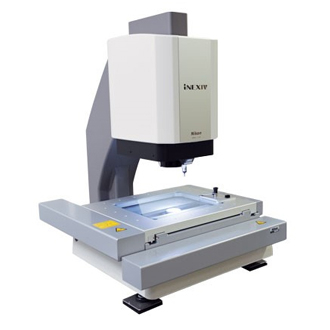 Hot
HotiNEXIV VMA-2520
-
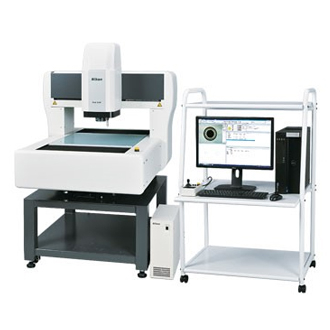 Hot
HotiNEXIV VMA-4540
-
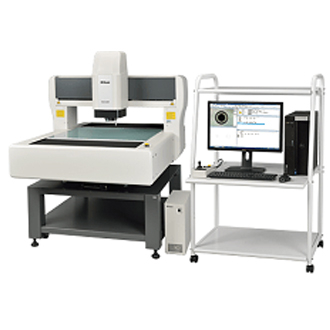 Hot
HotiNEXIV VMA-6555
-
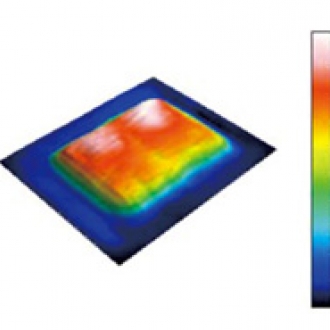 New
NewMountain Map - Software
-
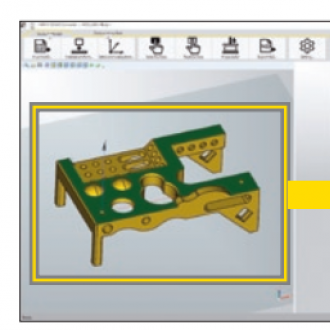 New
New3D CAD Converter - Software
-
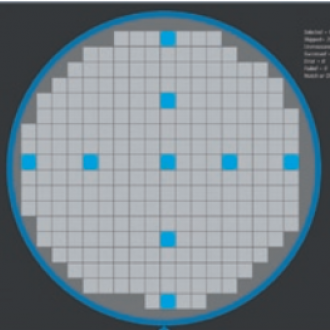 New
NewMapMeasure Pro - Software
-
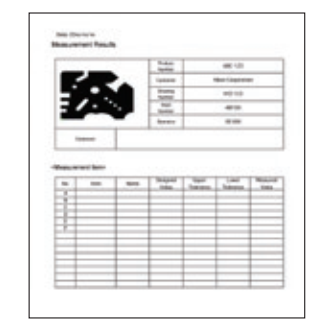 New
NewImageFit QC- Software
-
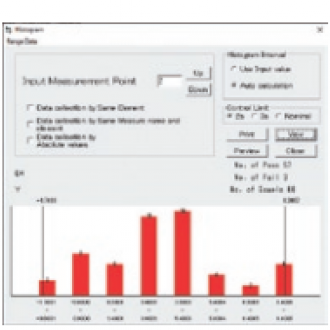
Custom Fit - Software
-
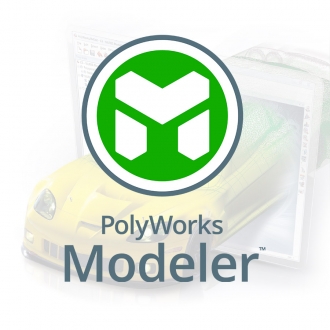
PolyWorks | Modeler
-
 New
NewPolyWorks | ReportLoop
-
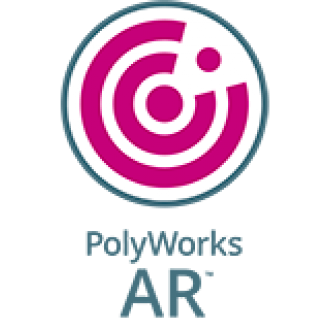
PolyWorks | AR
-
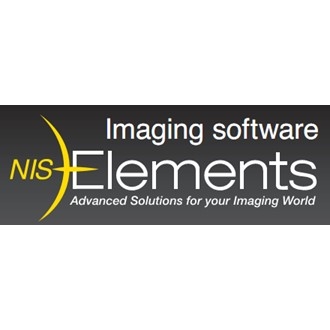 Hot
HotNIS Software
-

BW-Series
-
 Hot
HotMeasuring Microscope (MM-400)
-
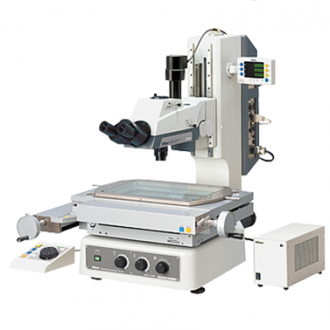 Hot
HotMeasuring Microscope (MM-800)
-
 Hot
HotE-Max software (DS-Type )
-
 New
NewCustom Create
-
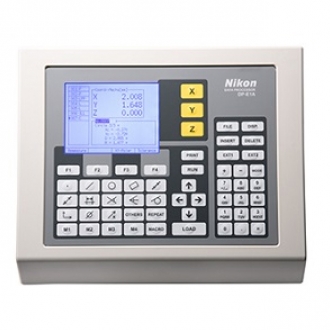
Data Processor (DP-E1A)
-
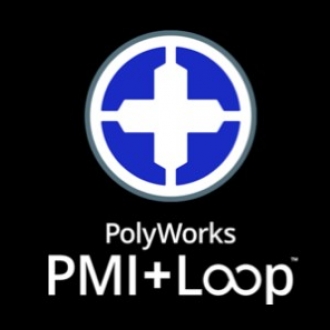 New
NewPolyWorks | PMI+Loop
-

PolyWorks | Talisman
-
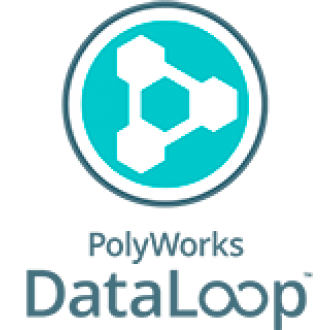
PolyWorks | DataLoop
-
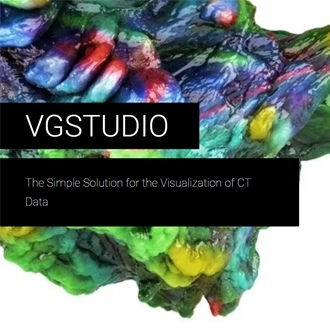
The Simple Solution for the Vi…
-
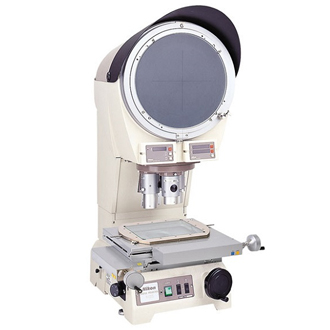
V-12B - 12" vertical optical c…
-
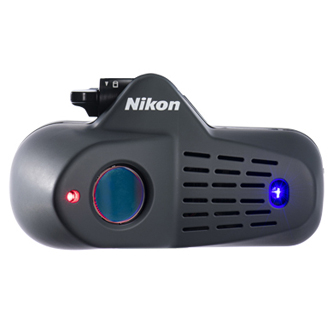 New
NewLaser Scanner ModelMaker H120
-
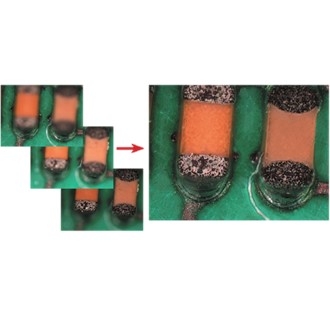 Hot
HotExtended Depth of Focus (EDF) …
-
 Hot
HotTMS 2400
-
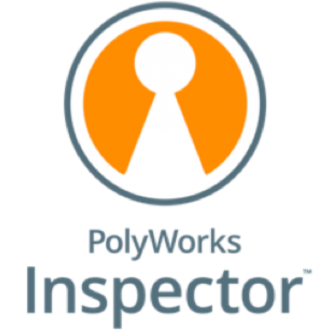 Hot
HotPolyWorks | Inspector
-
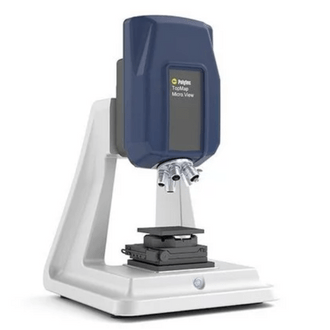 Hot
HotTMS 1400
-
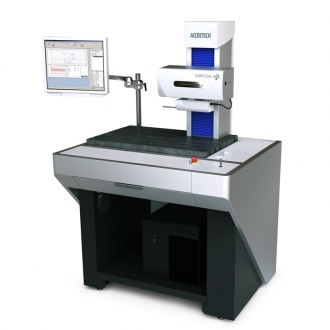 New
NewSURFCOM NEX
-
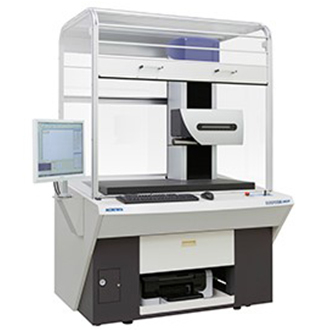
SURFCOM CREST DX/SD
-
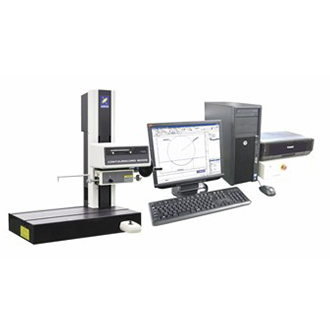
CONTOURECORD 1600G
-
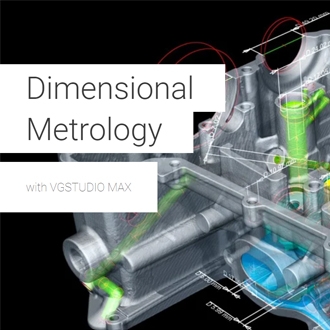
Wall Thickness analysis with V…
-
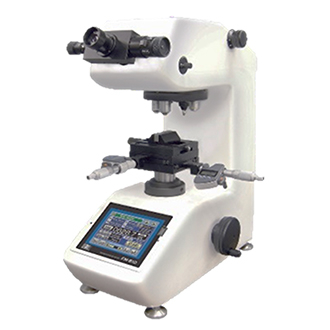
FM Series
-
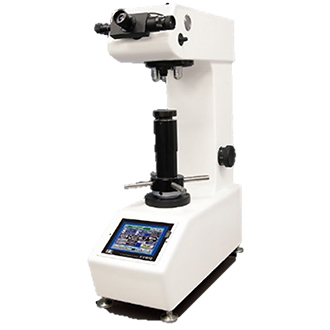
FV Series
-
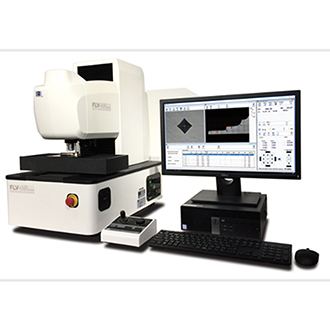
FLV Series
-

FT-ZERO ARS-F SYSTEM
-
 New
NewFR-XA
-
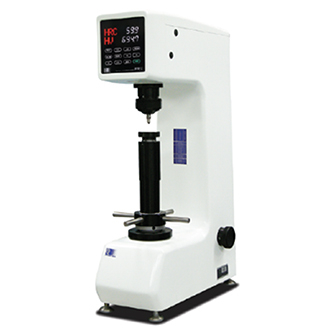
FR-X Series
-
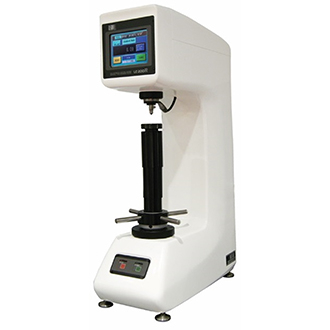
LC-200R Series
-
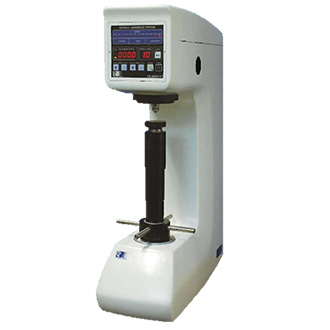
FB-3000LC
-
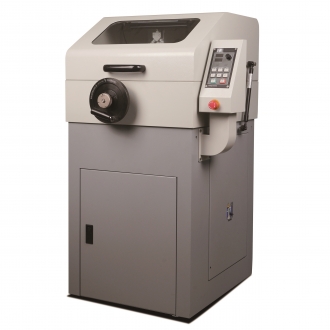 New
NewFTC-AS Series
-
 New
NewFTC-ASL Series
-

FTC-B255FS
-
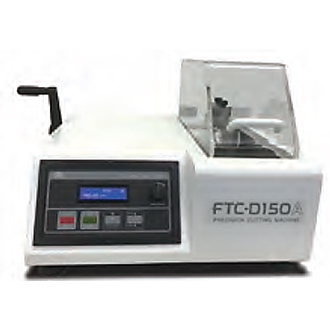
FTC-D150A
-
 New
NewFTM-AX
-
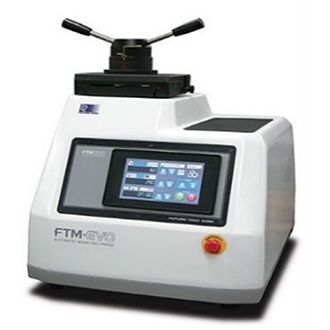
FTM-EVO
-
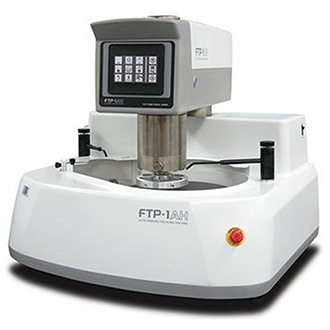
FTP-1AH
-
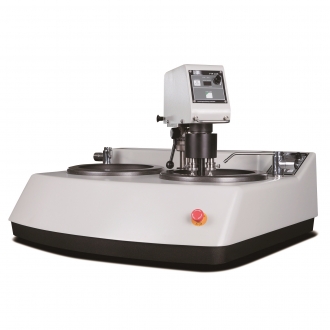 New
NewFTP-AX Series
-
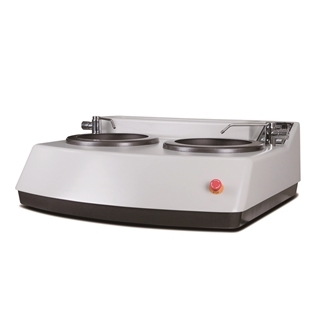 New
NewFTP-MX Series
-
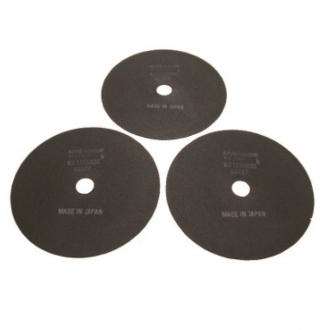
CUTTING WHEEL
-
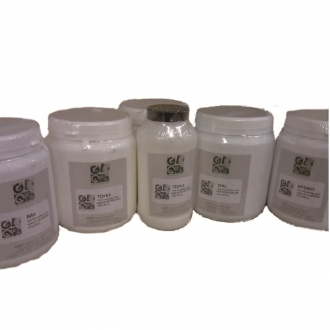
HOT MOUNTING COMPOUNDS
-
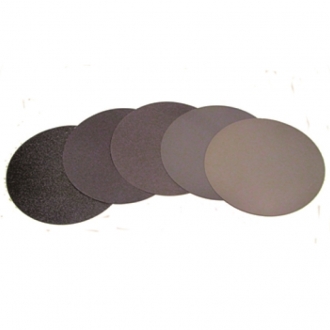
SILICON CABIDE ABRASIVE PAPERS
-
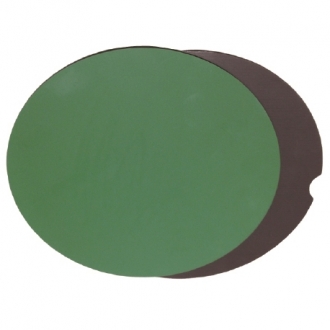
EZ-DISK and MANETIC BASE FOR S…
-
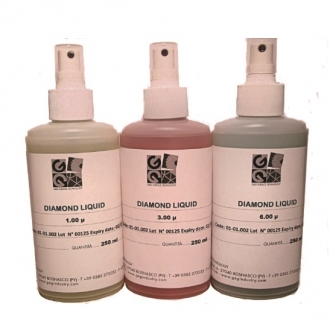
WATER BASE DIAMOND SLURRIES, M…
-
HIGH PURITY ALUMINA (99.9%) an…
-

POLISHING CLOTHS
-
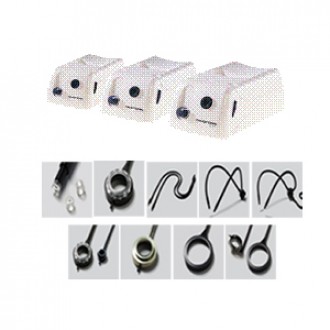
Photonic Fiber Optics Illumina…
-

Loupe
-
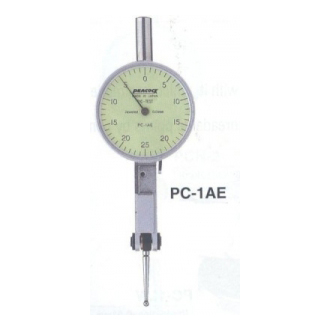
Dial Test Indicators
-
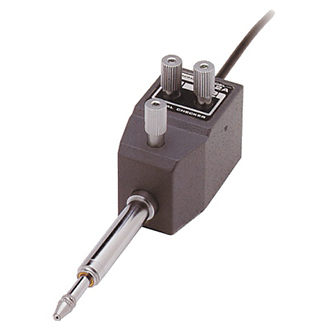
Signal Gauge SC-2A
-
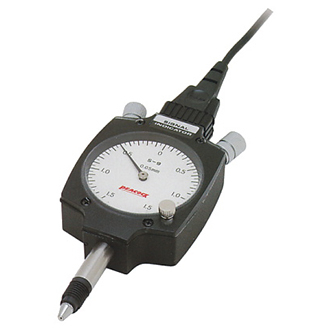
Signal Gauge S-9
-

Signal Gauge S-7
-
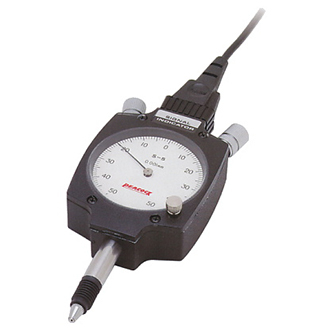
Signal Gauge S-5
-

DIGITAL GAUGES -D/DL type
-
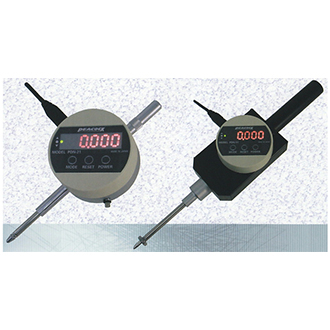
DIGITAL GAUGES -PND Type
-

DIGITAL GAUGES -DG type
-
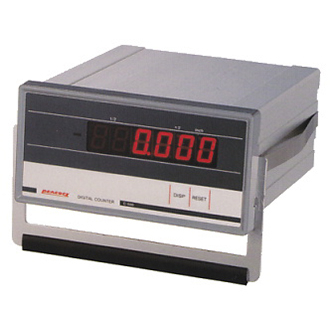
Digital Counters
-

Dial Thickness Gauges
-
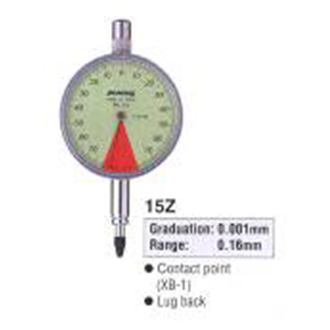
Dial Indicators
-
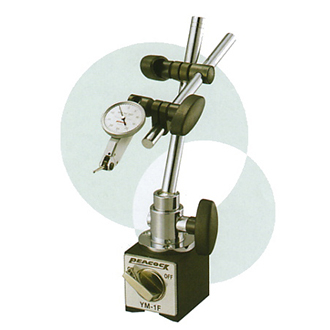
DIAL GAUGE STANDS & MAGNETIC S…
-
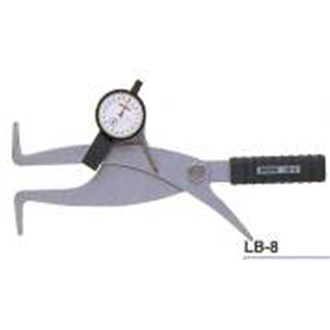
CALIPER GUAGE
-
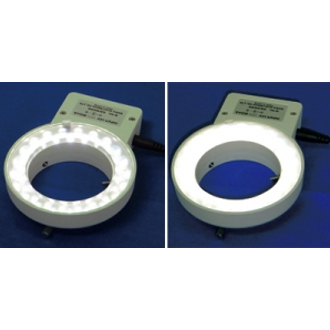
HAYASHI_Korin KDR6142
-
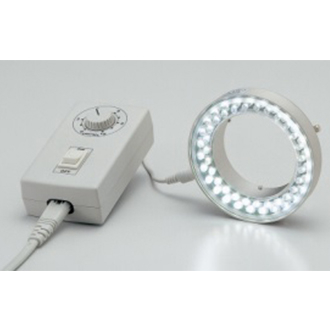
HAYASHI LP-120 + HDR61WJ
-
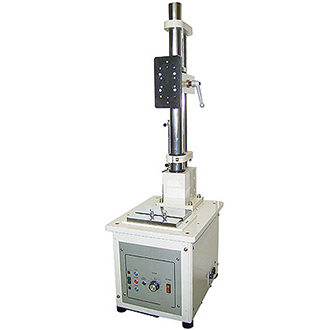
TESTING STAND_M Series
-

TESTING STAND_K Series
-
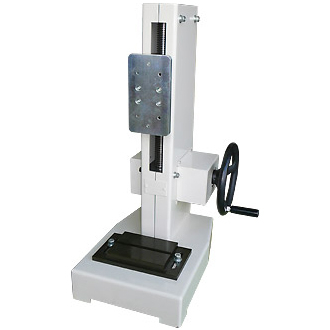
TESTING STAND_KS-504H
-
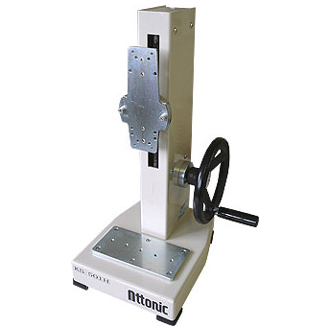
TESTING STAND_KS-501H
-
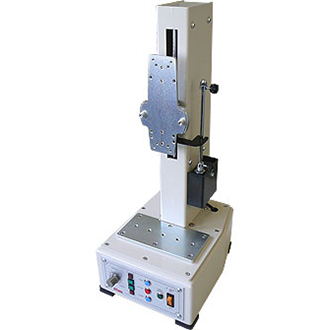
TESTING STAND_KS-501E
-
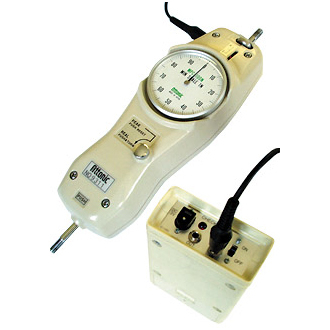
PUSH-PULL GAUGES_MPC series
-
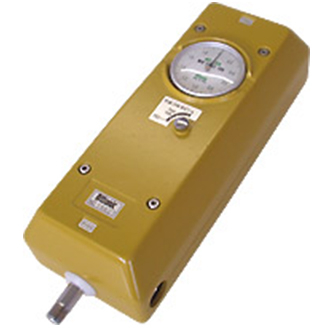
PUSH-PULL GAUGES_MPL series
-
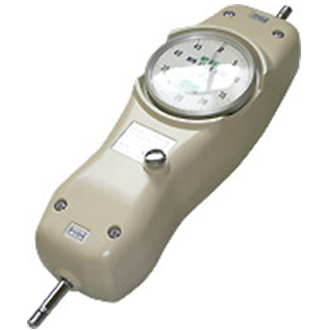
PUSH-PULL GAUGES_MPS series
-

PUSH-PULL GAUGES_MP series
-
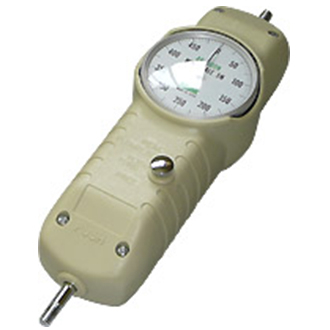
PUSH-PULL GAUGES_AP series
-
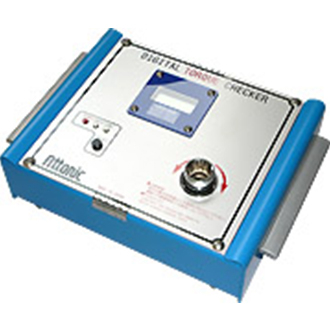
DIGITAL TORUGE CHECKER_DTC SER…
-
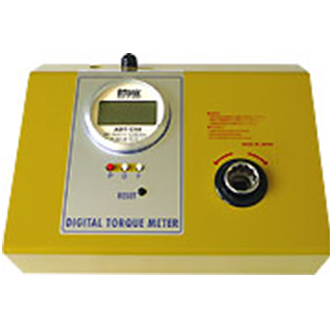
DIGITAL TORUGE CHECKER_ADT-C S…
-
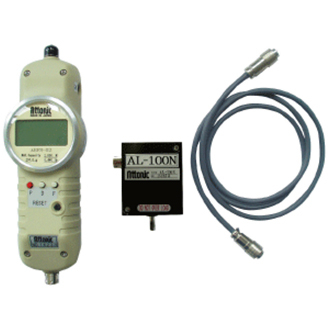
DIGITAL FORCE GUAGES - ARFS SE…
-

DIGITAL FORCE GUAGES - ARF SER…
-
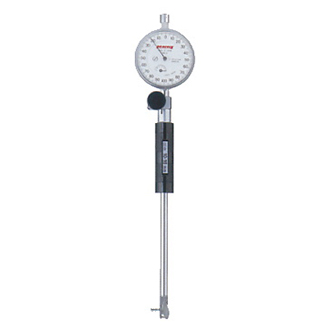
Cylinder Gauges
-
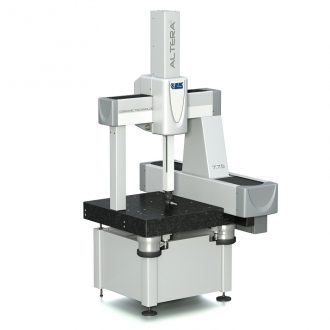 New
NewALTERA C
-
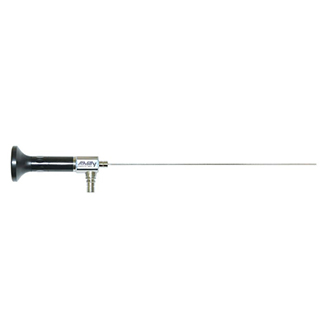 Hot
HotMicrendo Series
-
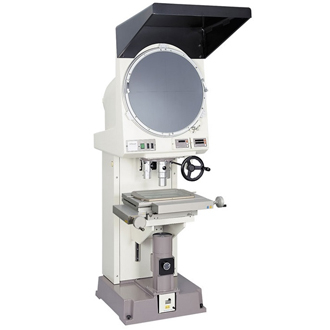
V20B - Large capacity vertical…
-
 Hot
HotFlexiVision 100
-
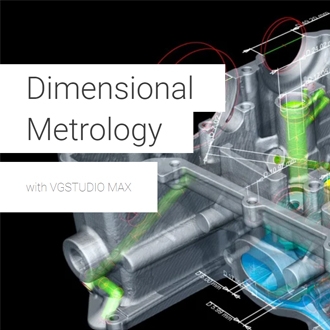
Nominal/Actual Comparison with…
-
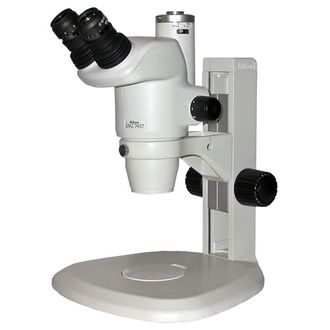
SMZ745 & SMZ745T Stereoscopic …
-
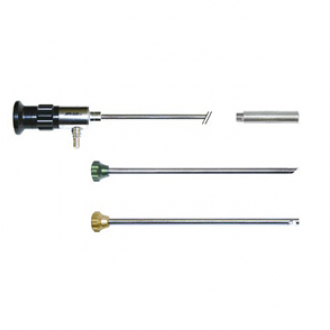 Hot
HotFlexilux Universal Borescope S…
-
 Hot
HotFiberscope Series
-
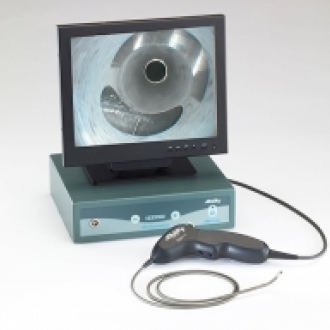 Hot
HotEzyScope
-
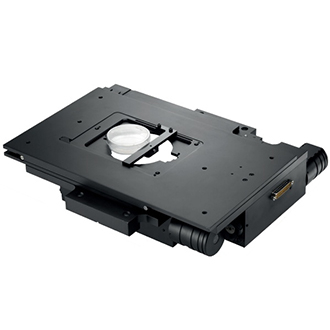 Hot
HotMotorized Stepper Stage For In…
-
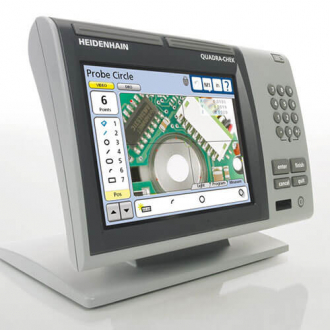
Quadra-Check Series
-
 Hot
HotMotorised Stepper Stage For Up…
-
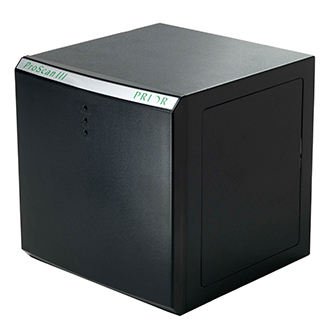 Hot
HotPro Scan lll
-
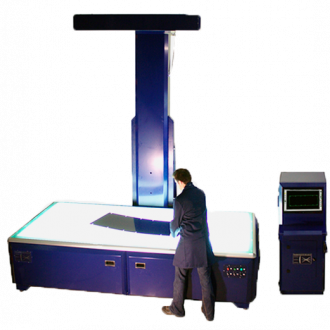
Large Sample Non Contact Profi…
-
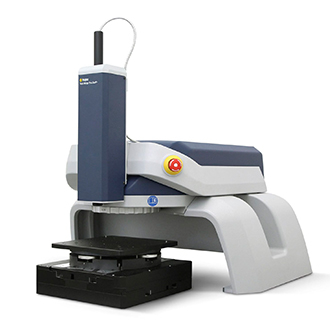 Hot
HotNon Contact Flatness Measureme…
-
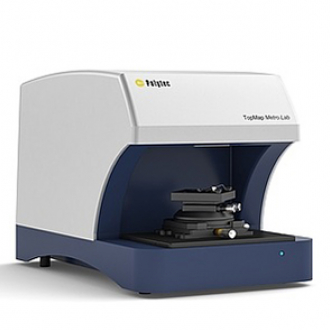 Hot
HotNon Contact Flatness Measureme…
-

RONDCOM NEX Rs α
-

PolyWorks | Reviewer
-
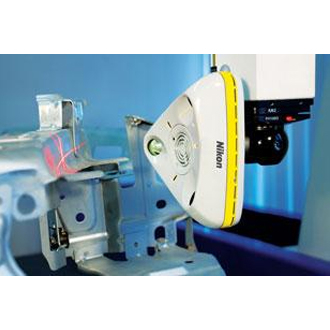
Laser Scanner XC65Dx-LS
-
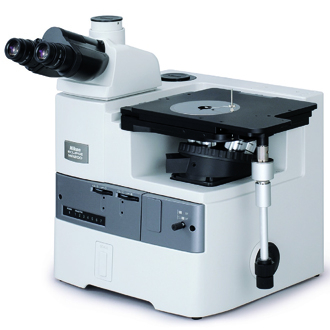 Hot
HotEclipse MA200
-

Laser Scanner LC60Dx
-
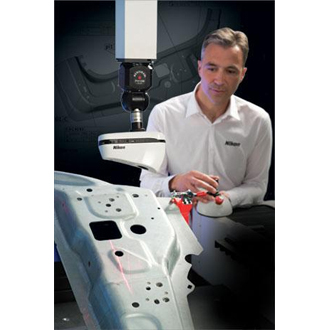
Laser Scanner L100
-

Laser Scanner LC15Dx
-
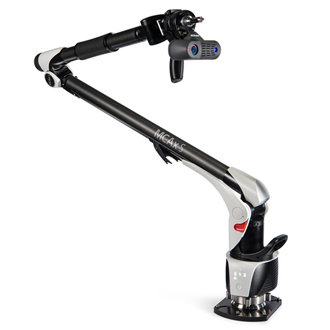 Hot
HotMCAx S
-
 Hot
HotVGStudioMax Software
-
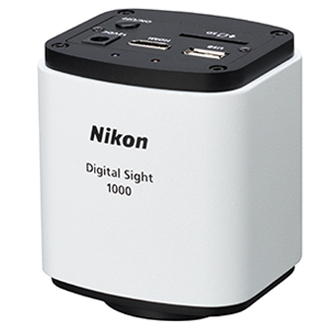 New
NewDigital Sight 1000
-
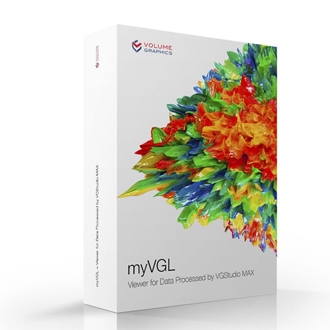
The Free Viewer App for Your 3…
-
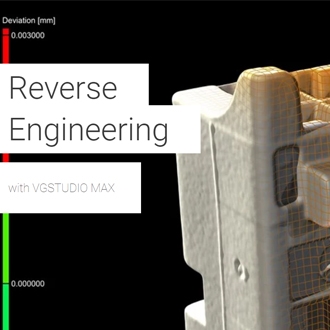
Reverse Engineering with VGStu…
-
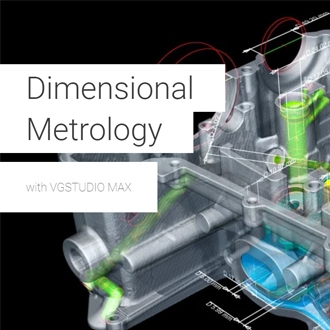
Coordinate Measurement Module …
-
 New
NewNew X-ray CT system with enhan…
-
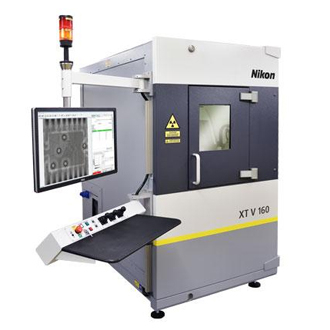 Hot
HotXT V 160
-
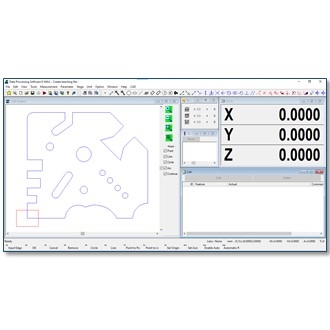 Hot
HotE-MAX D Type
-
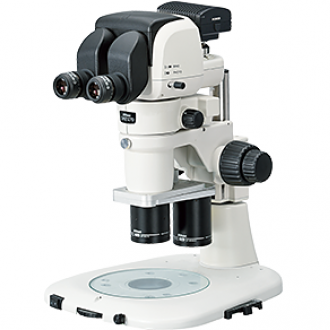 Hot
HotStereo Microscope (Paralell) S…
-
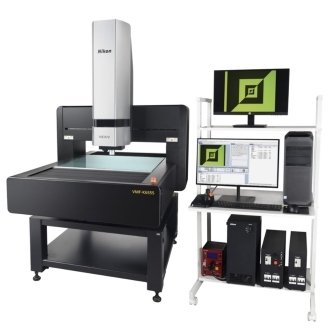 New
NewNEXIV VMF-K6555
-
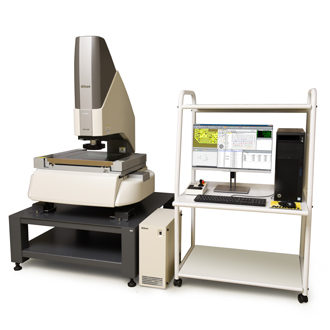
NEXIV VMZ-H3030
-
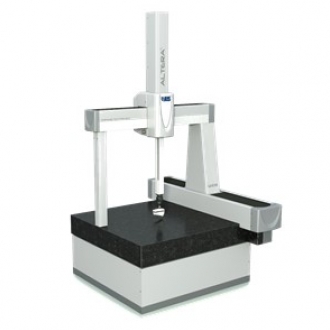 Hot
HotALTERA S
-
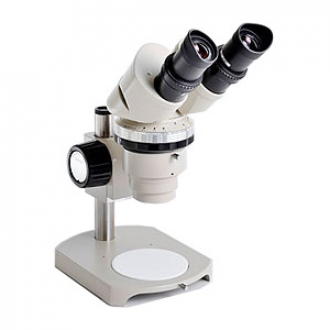
SMZ-2 Stereoscopic Zoom Micros…
-
 Hot
HotPorosity/Inclusion Analysis wi…
-
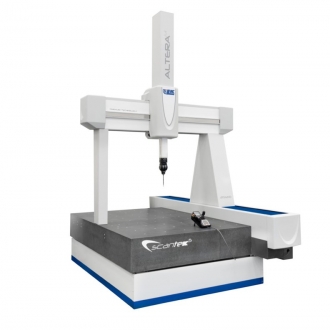
SCANTEK5
-
 Hot
HotData processor (DP-E1A)
-

APDIS MV4x0 Laser Radar
-
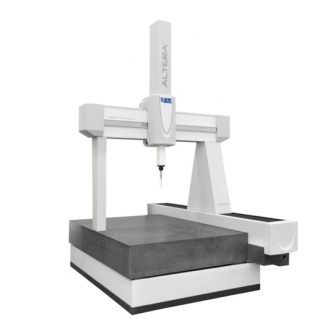 Hot
HotALTERA M
-
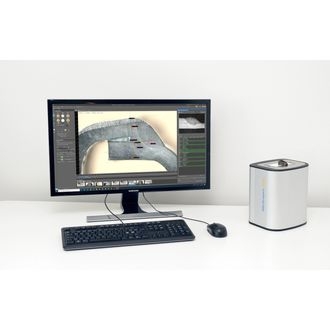 New
NewWELDinspect 4K
-
 New
NewBGA Inspection System
-
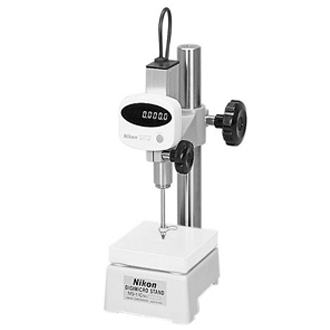
Digimicro MF-501
-
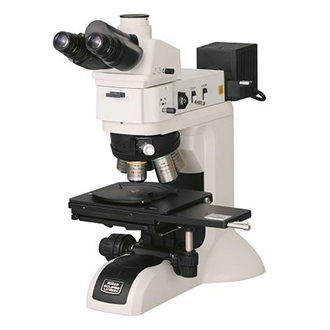 Hot
HotEclipse LV150N
-
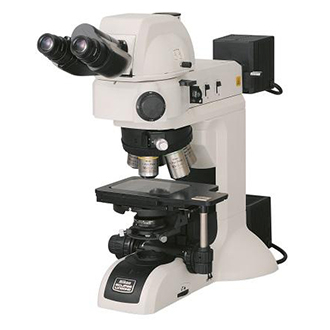
Eclipse LV100ND
-
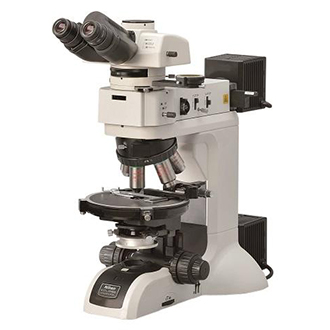
Eclipse LV100N POL
-
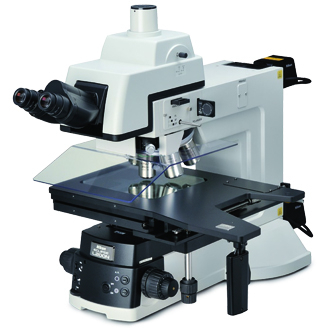
Eclipse L200N Series
-
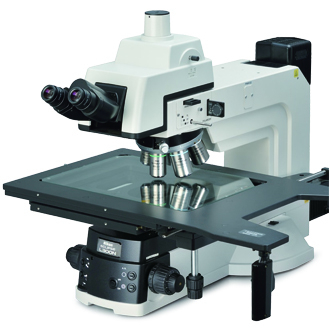
Eclipse L300N Series
-
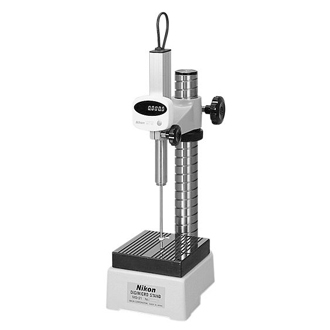
Digimicro MF-1001
-
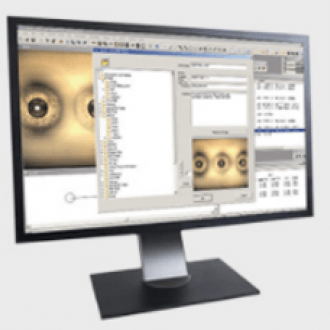 Hot
HotNEXIV AutoMeasure Software
-
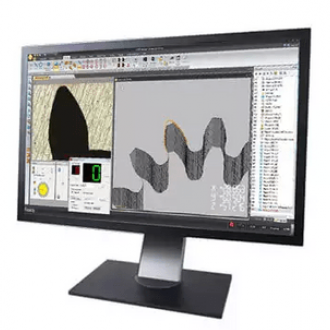 New
NewCMM-Manager for iNEXIV Softwar…
-
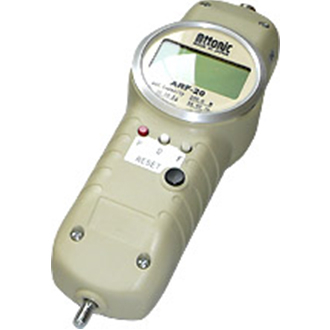
DIGITAL FORCE GUAGES - ARF ser…
-
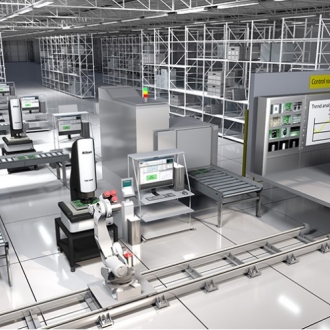 New
NewNEXIV Remote Control SDK
-
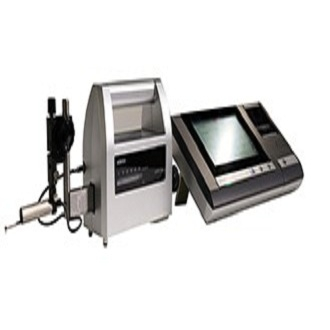
TOUCH50
-
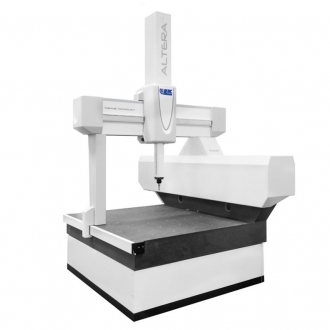
ALTERA SL
-
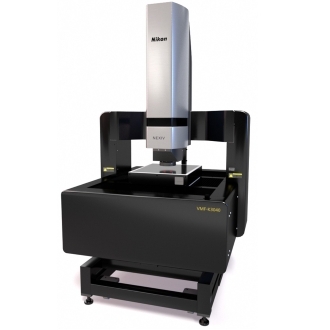 New
NewNEXIV VMF-K3020




